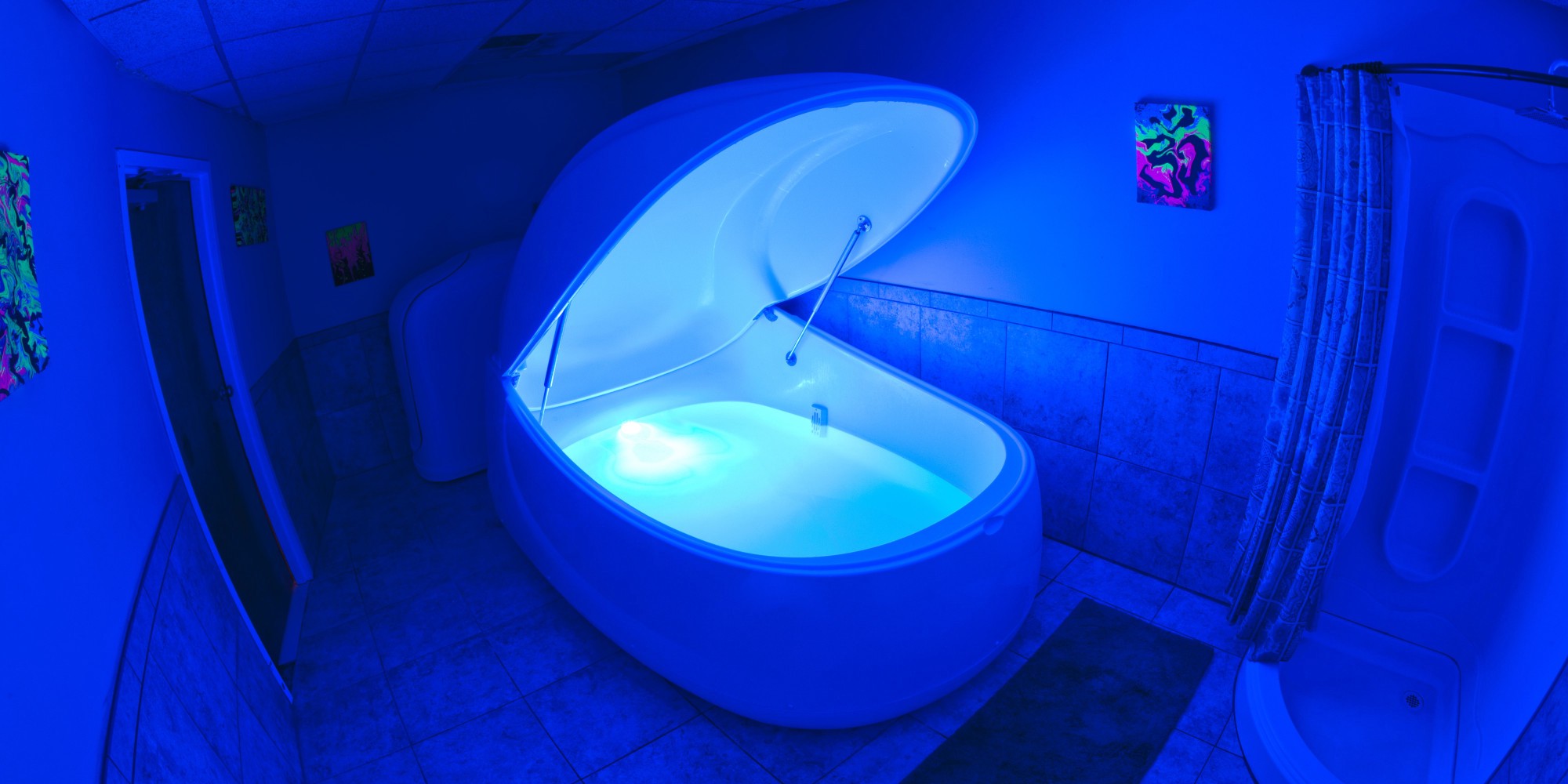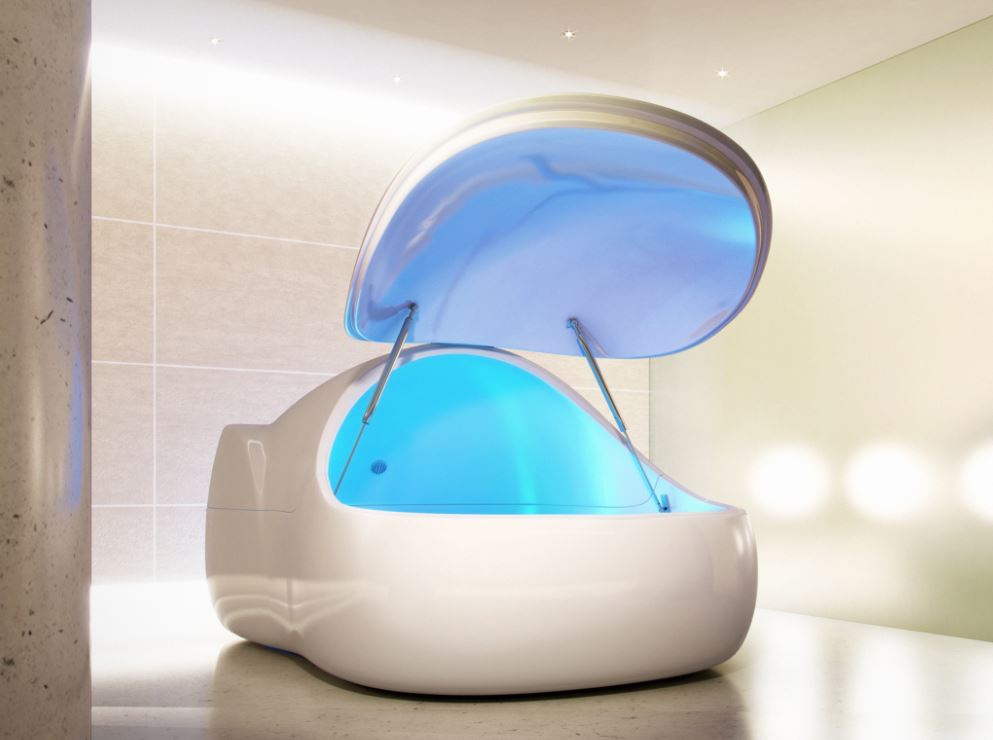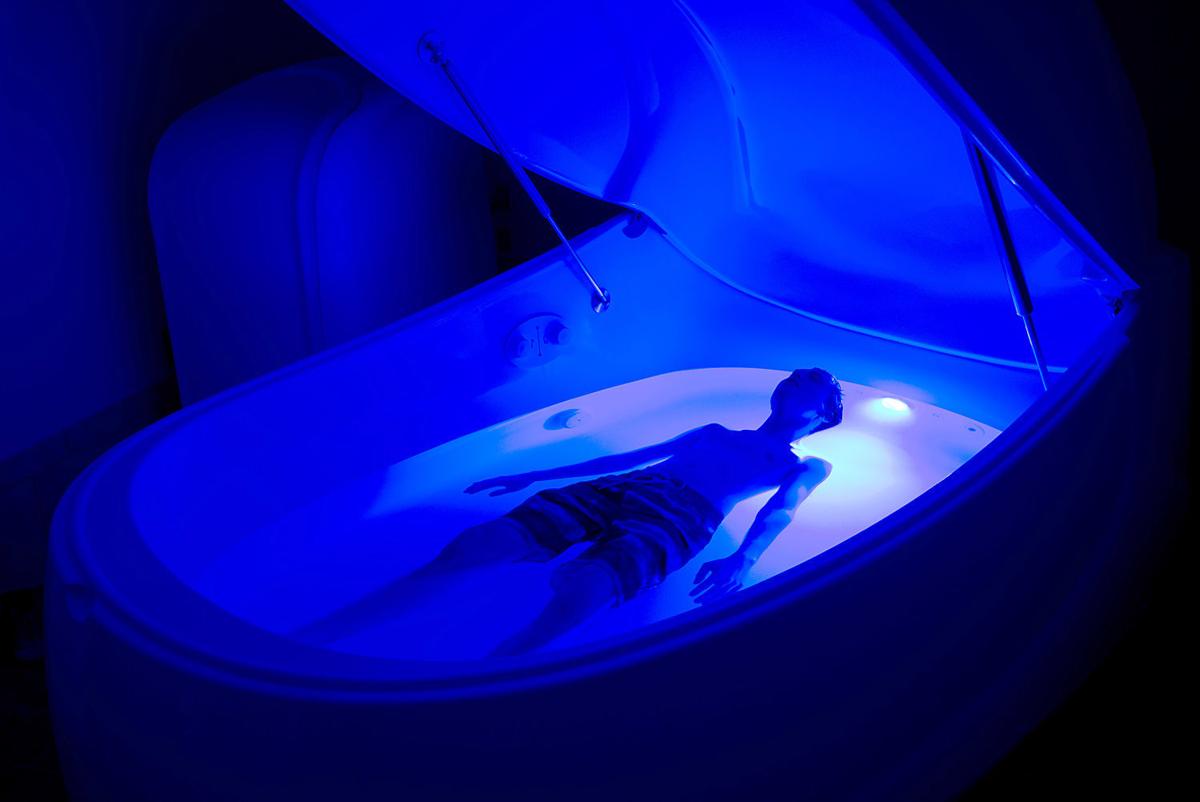When it comes to the career you choose or the job you perform daily, many of us might not think about the physical demands and stress that can be placed on our bodies. Whether you are a construction worker whose job is very physically demanding or you’re an auto mechanic who spends his day twisting, turning, and bending to provide the best auto repair service available, the same thing is true, your body will eventually feel the effects of the strenuous labor you perform day in and day out.
Did you know that there are certain exercises that you can do when in a flotation tank to help deepen your therapy?
That being said, before you start loading up on over-the-counter pain relievers (which don’t get us wrong can help to alleviate pain and soreness) why not try floatation therapy. A type of pain relief that will not just ease the pain for a short time or simply mask it. Floatation therapy offers a great solution to those looking to really take care of their body and make sure that it is performing its very best. In fact, the benefits of floatation therapy also known as sensory deprivation therapy are endless.
Floatation Therapy Exercises
Single-Leg Balance
This easy move can help you to improve your balance and alleviate muscle and joint tension and pain. Keep one leg straight standing on the pool bottom while you raise the knee of your other leg up to hip height. The buoyancy & safety of the water makes this a simple easy move.
Walking & Jogging
Start by walking forward or backward while increasing your speed to continue to challenge yourself. Spend 5 – 10 minutes performing 30 seconds walking/running drills to help build up endurance and get your heart rate up a bit.
Arm Raises
Place your arms in the shape of a T on either side or in front of you. Raise them up and down in the water for 10-15 reps performing 3-5 sets. This is a great way to help with joint pain and motion in your arms and shoulders.
Knee/Leg Lifts
This is a great one to help tone your muscles while also alleviating any pain or tension in your legs, glutes, and lower back. Standing straight raises one knee up like you did in the single-leg balance but this time the bent knee should be extended out straight in front of you bringing it back to the bent position. The other leg stays straight standing on the bottom. Perform 10-12 reps on each leg for a total of 3-5 sets.
When it comes to floatation therapy and hydrotherapy exercises there are so many that you can try depending on the needs of your body and health goals. Adding a few exercises or even a small routine to some of your floatation therapy sessions can help to alleviate tension, pain, and soreness on another level. These exercises can also help to strengthen muscles leading to reduced pain and inflammation.





 Hot tub therapy has been around for decades but may not have gotten all of the recognition it deserves. In fact, hot tub therapy is a creative alternative when it comes to a DIY hydrotherapy method. Hot tubs offer warm water submersion for your entire body. Incorporating the use of the spa jets and different control settings to promote both mental & physical health. Different forms of relief come in the form of:
Hot tub therapy has been around for decades but may not have gotten all of the recognition it deserves. In fact, hot tub therapy is a creative alternative when it comes to a DIY hydrotherapy method. Hot tubs offer warm water submersion for your entire body. Incorporating the use of the spa jets and different control settings to promote both mental & physical health. Different forms of relief come in the form of: We may think we have mentioned sensory input a lot but the truth is from the moment we open our eyes in the morning until we close them at night, we are bombarded with many different things that can affect our senses. Think light, smells, sounds & sights, which can all begin to overwhelm our senses after a period of time. Many of us often don’t stop to realize how all of these things can overload our senses. With Float Therapy the specialized float tank is designed to remove any form of distraction from your senses.
We may think we have mentioned sensory input a lot but the truth is from the moment we open our eyes in the morning until we close them at night, we are bombarded with many different things that can affect our senses. Think light, smells, sounds & sights, which can all begin to overwhelm our senses after a period of time. Many of us often don’t stop to realize how all of these things can overload our senses. With Float Therapy the specialized float tank is designed to remove any form of distraction from your senses.


